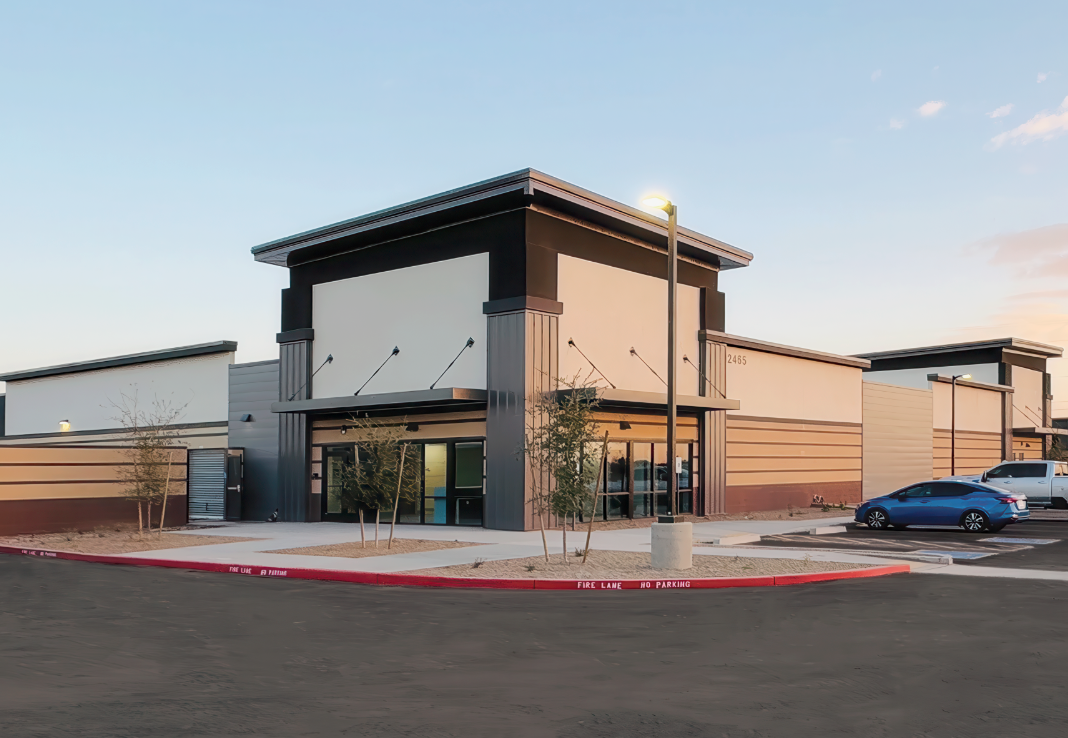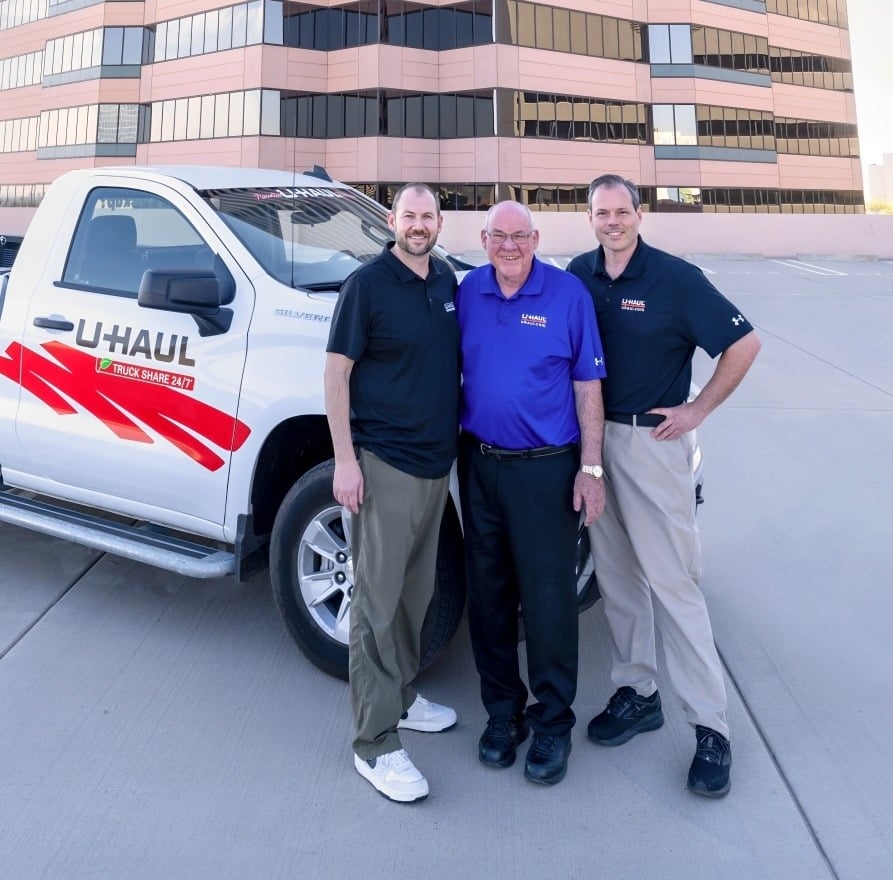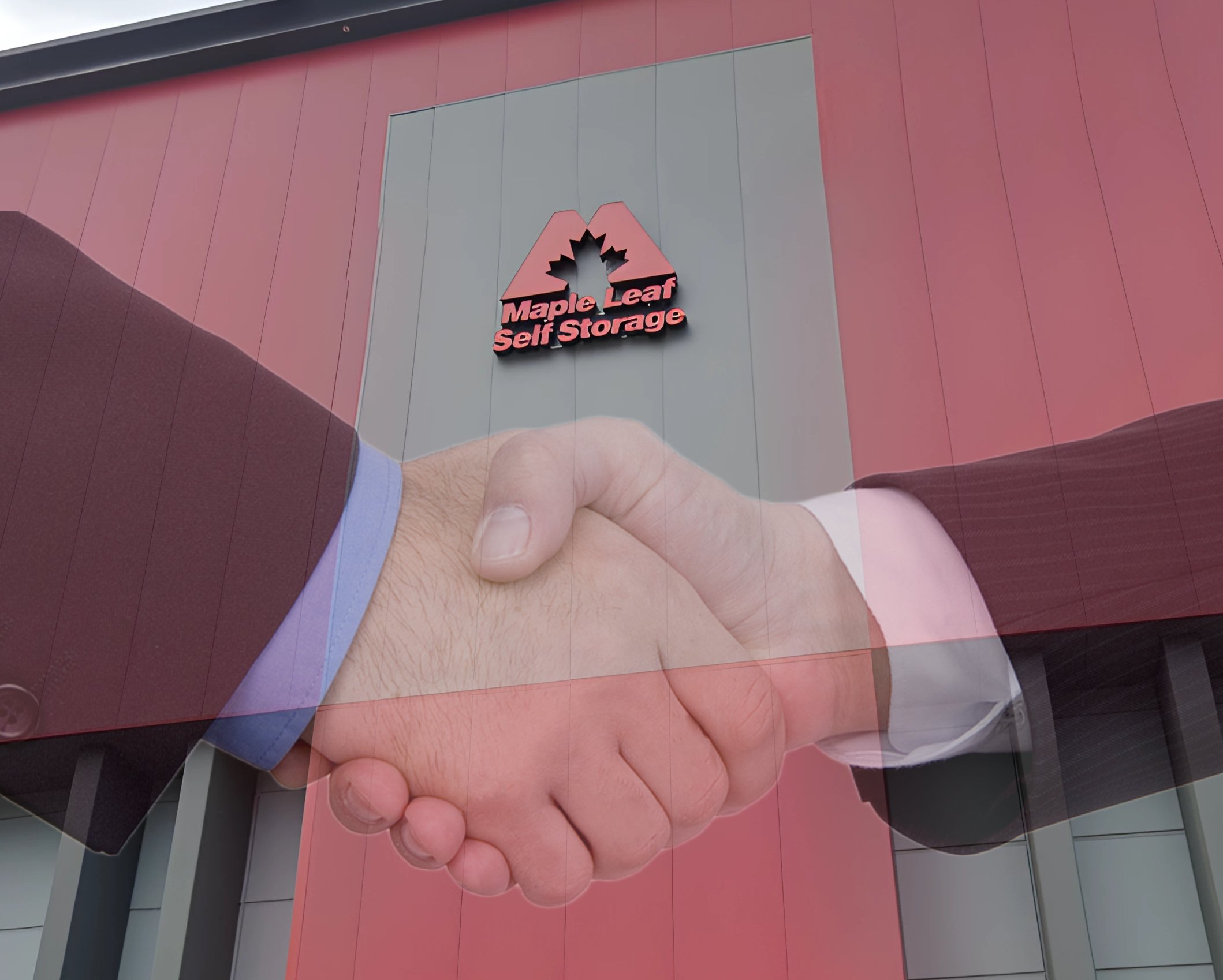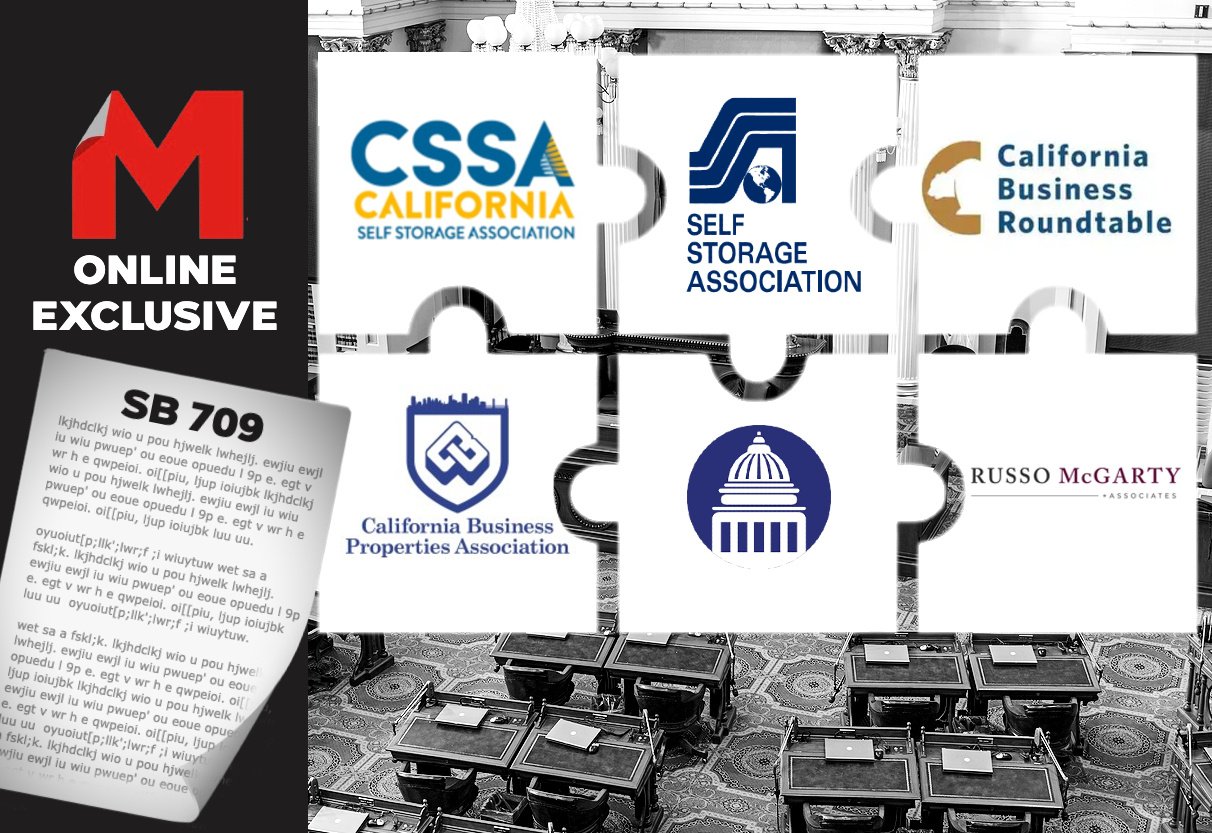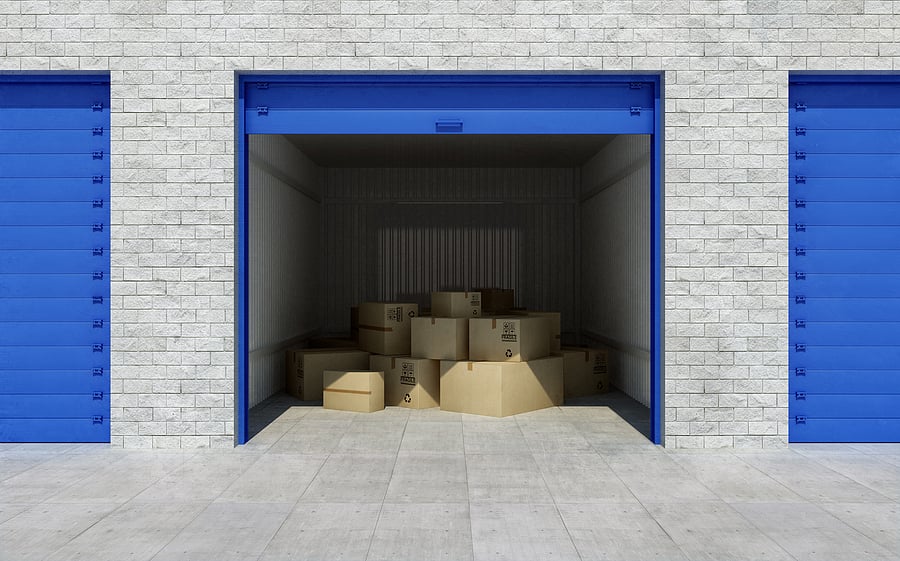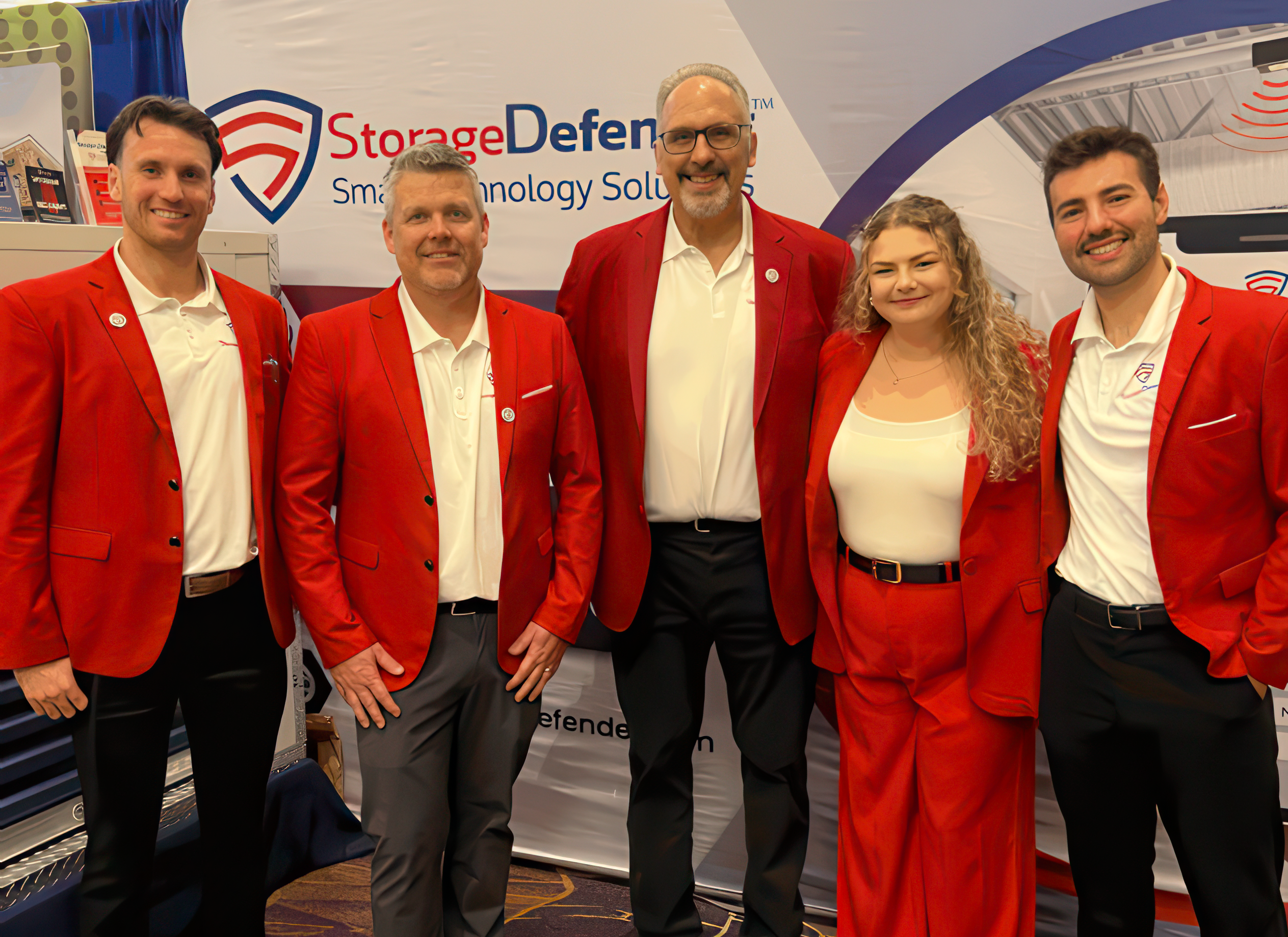Operational Innovations Driving Self-Storage Facility Profitability
The self-storage industry has enjoyed years of steady growth, thanks to shifting consumer needs, urbanization, and the rise of e-commerce requiring more space for inventory. But today’s environment is more competitive than ever, with new facilities entering the market and customers demanding convenience, security, and transparent pricing.
To stay ahead, facility owners must do more than simply raise rates — they must innovate operationally. In this article, we’ll explore the most impactful operational innovations driving profitability in self-storage facilities, with a focus on practical strategies facility owners can implement to improve efficiency, customer experience, and, ultimately, the bottom line.
We’ll examine:
- Automated management systems
- Dynamic pricing and revenue management
- Remote management and unmanned facilities
- Digital marketing innovations
- Facility design and unit mix optimization
- Ancillary revenue streams
- Data analytics and business intelligence
- Sustainable operations and cost controls
- Customer experience as an operational priority
- Operational excellence as a differentiator
Whether you operate a single facility or manage a portfolio, these innovations can help you boost NOI (net operating income) and remain competitive in a crowded market.
1. Automated Management Systems
Self-storage has traditionally been a labor-intensive business: taking calls, processing payments, managing reservations, handling move-ins and move-outs, and maintaining records. Today, modern facility management software (FMS) automates much of this work.
Benefits:
- Reduced staffing costs
- 24/7 reservation and payment capabilities
- Lower error rates in billing
- Consistent customer experience
- Easier integration with marketing and accounting systems
Key features to adopt:
- Online reservations and payments
- Electronic lease signing
- Automated billing with autopay
- CRM integration for marketing
- Cloud-based access for remote management
Implementation Tip - Choose an FMS vendor with good integrations (gate control, accounting, customer communication) so you don’t get locked into siloed solutions that can’t scale.
Profitability Impact - Automation reduces labor costs and improves occupancy through seamless customer onboarding. Studies have shown that automated facilities can operate with up to 40% lower staffing costs while maintaining high service levels.
2. Dynamic Pricing And Revenue Management
Dynamic pricing has transformed industries from airlines to hotels, and self-storage is following suit. Instead of fixed rates, dynamic pricing tools adjust rates based on occupancy, demand, unit type, and market competition.
Benefits:
- Maximized revenue per available unit (RevPAU)
- Faster lease-up during low occupancy
- Premium pricing in high-demand periods
- Competitive pricing visibility against local rivals
Examples of factors in pricing algorithms:
- Occupancy thresholds (e.g., 80%, 90%)
- Competitor rates in the local market
- Unit size/type demand trends
- Length of stay expectations
- Seasonality
Implementation Tip - Start with basic occupancy-based pricing rules if advanced AI-based systems feel too risky. Even simple tiered pricing based on occupancy levels can significantly increase revenue.
Profitability Impact - Operators report 4-8% higher revenues through effective revenue management, often with minimal additional cost.
3. Remote Management And Unmanned Facilities
One of the most transformative operational innovations in the industry is remote or unmanned management. Using technology (cloud-based FMS, access control, security systems, customer service call centers), owners can operate facilities with minimal or even no on-site staff.
Benefits:
- Lower payroll costs
- Ability to operate multiple facilities from a single office
- Extended access hours for tenants
- Consistent service delivery
Key technologies:
- Mobile-enabled gate/door access systems
- IP-based security cameras with remote monitoring
- Virtual call centers with trained agents
- Remote lock/unlock capabilities
Case Example - Operators like CubeSmart and Life Storage have piloted unmanned facilities in smaller or rural markets, achieving strong NOI margins despite lower rent rates.
Implementation Tip - If a fully unmanned facility feels like too big a leap, consider “hybrid staffing” models where a regional manager oversees multiple facilities, visiting only as needed.
Profitability Impact - Labor is often the second-largest operating expense after property taxes. Cutting or reducing this cost while maintaining service is a direct boost to NOI.
4. Digital Marketing Innovations
Marketing has evolved from flyers and Yellow Pages to digital-first strategies like Google Ads, social media, and aggregator sites. But many small facility owners still underinvest in digital marketing.
Innovations driving profitability include:
- Search engine optimization (SEO) for local searches
- Pay-per-click (PPC) advertising
- Integration with online aggregators (e.g., SpareFoot)
- Google Business Profile optimization
- Online reviews management
Benefits:
- More qualified leads
- Lower cost of customer acquisition
- Higher occupancy
- Improved brand reputation
Implementation Tip - Track marketing ROI closely. For example, many facilities find PPC campaigns pay for themselves many times over, but only if they optimize landing pages and bidding strategies.
Profitability Impact - Even a modest increase in occupancy from better marketing improves operating leverage, as fixed costs are spread over more rented units.
5. Facility Design And Unit Mix Optimization
Innovation isn’t just digital. Physical layout and facility design matter just as much. Owners are increasingly redesigning facilities to match customer demand and maximize yield.
Key trends:
- More climate-controlled units (especially in urban markets)
- Drive-up access optimization
- Wine and specialty storage
- Flexible partitioning to reconfigure unit sizes
- Self-service kiosks in lobbies
Benefits:
- Higher rental rates for premium units
- Better match of supply to demand
- Improved customer satisfaction
- Faster lease-up
Implementation Tip - Analyze move-in and move-out patterns to identify which sizes are in short supply or chronically vacant. Then consider reconfiguring partitions to increase the supply of high-demand sizes.
Profitability Impact - Optimizing the unit mix can increase revenue per square foot without adding new construction costs.
6. Ancillary Revenue Streams
Traditional self-storage revenues came from unit rentals alone. But savvy operators are diversifying into ancillary sales.
Examples:
- Packing supplies (boxes, tape, locks)
- Tenant insurance
- Vehicle storage
- Mailbox services
- Managed inventory for businesses
Benefits:
- Higher total revenue per customer
- Differentiation from competitors
- Increased customer stickiness
Tenant Insurance Spotlight - Many owners partner with insurers to offer tenant protection plans, earning commissions while also reducing liability for the facility.
Implementation Tip - Train staff (or virtual agents) to cross-sell insurance and supplies effectively, even in remote or kiosk-based facilities.
Profitability Impact - Ancillary income can represent a significant boost in total revenue, increasing NOI with little added cost.
7. Data Analytics And Business Intelligence
“Data-driven” isn’t just a buzzword. Leading operators now use advanced analytics to guide decisions on pricing, marketing, maintenance, and capital investments.
Examples of valuable KPIs:
- Occupancy rate
- Economic vs. physical occupancy
- Revenue per available unit (RevPAU)
- Length of stay
- Cost per acquisition (CPA)
- Churn rate
Benefits:
- Better pricing decisions
- More efficient marketing spending
- Smarter staffing and maintenance allocation
- Improved forecasting for expansions or acquisitions
Implementation Tip - Even if you’re small, start by tracking basic KPIs in a spreadsheet or simple software. As you grow, invest in more sophisticated BI dashboards.
Profitability Impact - Data-driven decisions reduce waste, optimize revenue, and improve investor confidence in your operational sophistication.
8. Sustainable Operations And Cost Controls
While sustainability is often discussed in terms of environmental impact, it’s equally an operational and cost-control innovation. Energy efficiency and sustainable practices can reduce expenses while appealing to customers.
Key strategies:
- LED lighting with motion sensors
- Solar panel installations
- Smart HVAC systems in climate-controlled units
- Water-efficient landscaping
- Recycling programs
Benefits:
- Lower utility costs
- Potential tax incentives or rebates
- Positive marketing differentiator
Case Example - Public Storage has invested in large-scale solar deployments on roofs, lowering power costs and improving ESG scores for investors.
Implementation Tip - Start with an energy audit to identify “low-hanging fruit,” such as replacing outdated lighting or sealing climate-controlled buildings.
Profitability Impact - Utility costs are often the third-largest expense after property tax and labor. Reducing them improves margins while signaling operational sophistication to investors.
9. Customer Experience As An Operational Priority
Innovations in operations aren’t just about cost-cutting — they’re also about improving the customer journey. Happy customers stay longer, refer friends, and leave positive reviews.
Key innovations:
- 24/7 customer service (via call centers or AI chatbots)
- Mobile-enabled reservations and access
- Transparent, easy-to-read billing
- Proactive communication about renewals and rate changes
Benefits:
- Higher occupancy
- Lower churn
- Better online reputation
- Justification for premium pricing
Implementation Tip - Survey your tenants periodically to identify pain points and fix them before they lead to move-outs.
Profitability Impact - Industry data shows that extending the average length of stay by even a month or two can dramatically improve the lifetime value (LTV) of a customer.
10. Operational Excellence As A Differentiator
Ultimately, all these innovations contribute to a culture of operational excellence. In a competitive market, that becomes a key differentiator.
Strategies for building operational excellence:
- Standardize procedures across facilities
- Invest in staff training — even if they’re remote
- Regularly review and update technology
- Benchmark performance against peers
- Create a culture of continuous improvement
Benefits:
- Easier to scale to new locations
- More predictable financial performance
- Stronger investor and lender confidence
- Higher exit valuations when selling or refinancing
Implementation Tip - Document SOPs (standard operating procedures) for everything from cleaning schedules to customer service scripts. Consistency is key.
Profitability Impact - Buyers and lenders pay premiums for well-run facilities with reliable systems in place. Operational excellence isn’t just about this year’s NOI — it’s about the asset’s long-term value.
Innovation As Your Competitive Advantage
The self-storage industry has always rewarded well-run operations, but in today’s more crowded and competitive market, operational innovation is the true key to sustained profitability.
Owners who embrace automation, dynamic pricing, remote management, optimized unit mixes, ancillary income streams, data-driven decision-making, sustainable cost controls, and superior customer experience will consistently outperform their peers.
These strategies are not mutually exclusive — they’re mutually reinforcing. Investing in even a few of them can yield strong returns. Investing in all of them can transform your facility from “just another storage provider” into a market leader with best-in-class margins.
For facility owners, the choice is clear: adapt, innovate, and grow — or risk being left behind. The good news is that the tools, technologies, and playbooks to drive these innovations are more accessible than ever. The time to start is now.
More Content
Popular Posts
The self storage industry is in a precarious...
Like its name implies, Surprise, Ariz., a...
Joe Shoen, CEO of U-Haul, has had enough.
Joe Shoen has had enough.
In a record-breaking deal finalized May 12,...
Senate Bill 709 (SB709) has many in the...
Donald Trump has just reclaimed the White...
Self-storage operators wear a lot of hats....
The question of “abandonment” of stored...
In 1992, Clinton strategist James Carville...
Recent Posts
When Neville Kennard left for a work trip to...
Self-storage software is no longer...
The self-storage industry continues to...
Fires in California. Tornadoes in Kansas....
From policy pivots in Ottawa to tariff...
Self-storage operators have struggled to...
Their signature red coats may draw attention...
Nailing down Josh and Melissa Huff for an...



